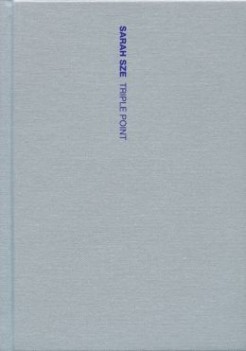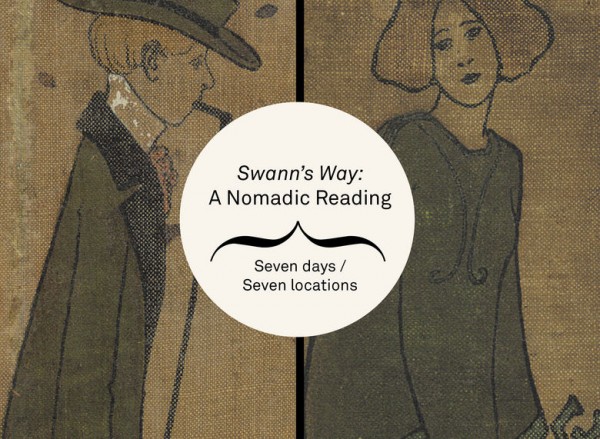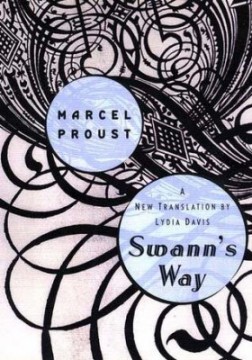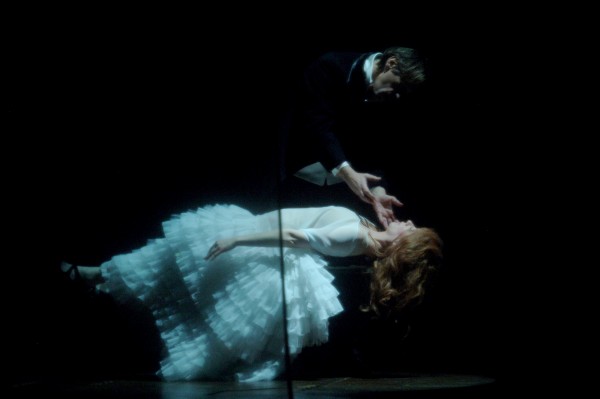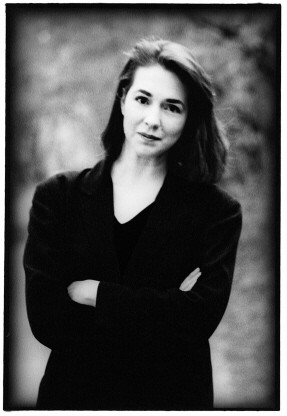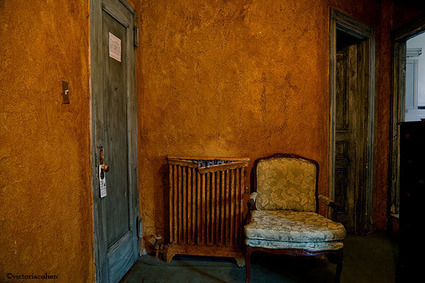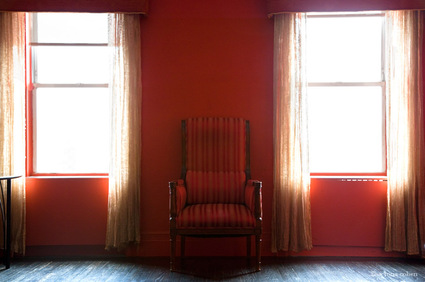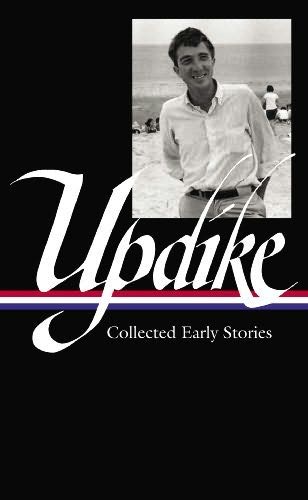192 Books
112 Tenth Ave. at Twenty-First St.
Tuesday, November 12, free, 7:00
212-255-4022
www.192books.com
www.sarahsze.com
Boston-born, New York-based visual artist Sarah Sze creates fragile, intricately constructed architectural environments using such materials as string, bottle caps, colored tape, Styrofoam cups, paper, and other items that combine elements of painting and sculpture. Sze, whose “Infinite Line” show ran at Asia Society in 2011-12, is currently representing America at the U.S. Pavilion at the fifty-fifth Venice Biennale with the massive installation “Triple Point,” about which she said in a statement, “Central to the exhibition is the notion of the ‘compass’ and how we locate ourselves in a perpetually disorienting world.” In May 2012, Pulitzer Prize-winning author Jennifer Egan (A Visit from the Goon Squad, The Keep) began posting her New Yorker short story “Black Box” on Twitter in paragraphs of no more than 140 characters, weaving together a written narrative that echoes the ones that Sze builds with objects. On November 12 at 7:00, Sze and Egan will be at 192 Books in Chelsea, celebrating the release of the new book Triple Point (Gregory R. Miller / Bronx Museum of the Arts, October 2013, $45), which examines the installation in detail, featuring an introduction by Biennale co-commissioners Holly Block and Carey Lovelace, an essay by curator Johanna Burton, a conversation between Sze and Egan, and the complete text of Egan’s “Black Box.”
